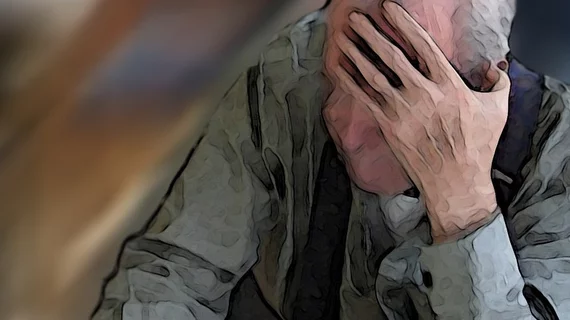MRI/PET scans link brainstem atrophy to dementia symptoms
Using PET and MRI scans, experts have found a link between brainstem atrophy and symptoms linked to frontotemporal dementia (FTD).
Patients with FTD sometimes experience extrapyramidal symptoms, such as involuntary body movements associated with tremors, slowness, stiffness, facial expressions, etc. These symptoms are also common in Parkinson’s disease, supranuclear palsy (PSP) and corticobasal degeneration (CBD), which can make differentiating between them difficult. But recently researchers uncovered imaging details that could help to set the neurological conditions apart from one another more easily. MRI and PET scans revealed that instances of brainstem atrophy and hypometabolism were considerably higher in the majority of FTD patients they analyzed. Since all three conditions share similar ranges of symptoms, these findings could help to better distinguish between them and thus lead to better disease management.
“Reliable early diagnosis is a crucial step in the path toward the development of disease-modifying therapies and accurate treatment of patients with these devastating diseases,” corresponding author Eino Solje, with the Institute of Clinical Medicine at the University of Eastern Finland, and co-authors wrote.
Using records from Kuopio University Hospital, researchers gathered data on 139 patients with frontotemporal dementia, PSP or CBD. Particular attention was paid to individuals with extrapyramidal symptoms. Medical records and imaging findings were compared to identify any associations between extrapyramidal symptoms and the structures, volumes and metabolic activity of the brain.
Out of 139 patients, 66 were positive for extrapyramidal symptoms. In those patients, researchers observed atrophy of the basal ganglia in the midbrain and of the brainstem. On MRI, these patients had significantly lower volumes in the brainstem and its subparts, medulla oblongata, pons, midbrain, right globus pallidum and bilateral ventral diencephalon. On PET, researchers found that symptomatic patients also had significant hypometabolism in the left hemisphere in the temporal and medial frontal lobes. All of these findings were considerably higher in symptomatic patients with frontotemporal dementia, the experts noted.
“Our findings could be utilized for earlier differentiation of such FTD spectrum patients from, e.g., Parkinson’s disease patients, enabling early and more accurate differential diagnosis of these rare neurodegenerative diseases,” the authors wrote.
The researchers did acknowledge that a limitation of their study is that multiple imaging systems used varying sequences to complete the scans, which could have implications on final results. They suggest experts use streamlined imaging protocols for future research.
This study was published in the Journal of Neurology.
More on neuroimaging:
Researchers use MRI scans to develop a growth chart specific to the human brain
MRI scans pinpoint root of lingering concussion symptoms
Antithrombotic therapy does not cause intracranial hemorrhage after falls, CT scans show
MRI scans link atypical growth of key brain structure during infancy with autism

